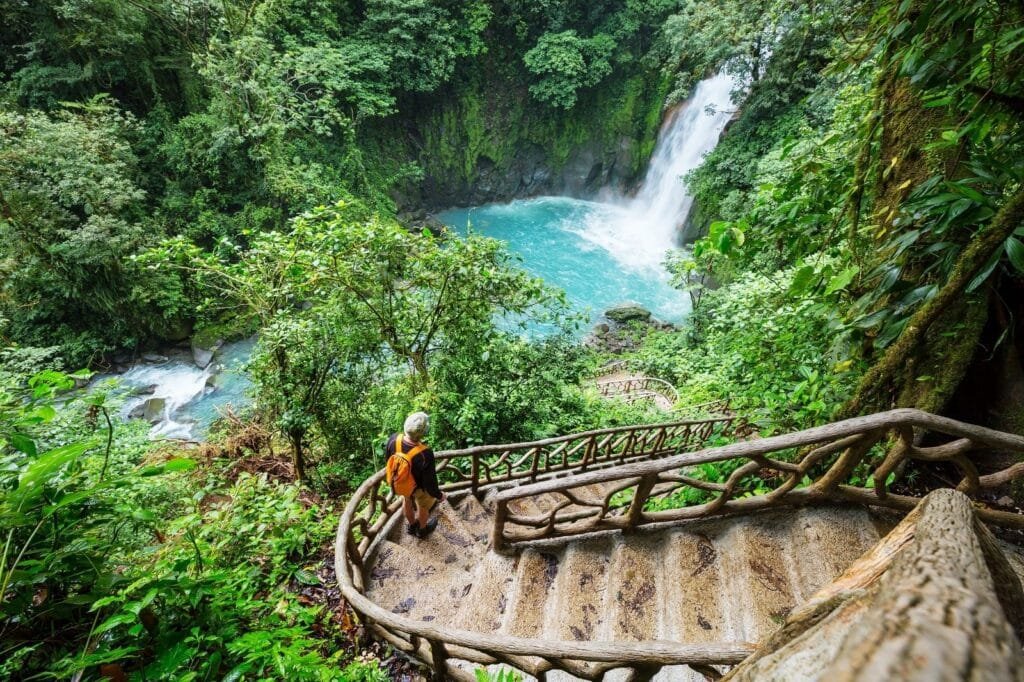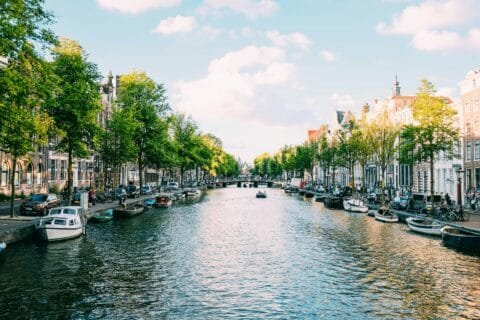As more travelers seek out the most sustainable travel destinations, 2025 is shaping up to offer a variety of eco-conscious options for those who want to travel mindfully and reduce their environmental impact. The rising awareness of the climate crisis is clear, with over three-quarters of global travelers prioritizing sustainable travel this year, and 90% actively looking for eco tourism choices.
Bridging the gap between intention and action in sustainable travel and tourism is essential, and destinations that invest in sustainability are leading the way. Additionally, mindful travel to places recovering from unrest or natural disasters can play a key role in building a more sustainable future. Here are ten tourist places that are especially welcoming to sustainable travelers in 2025.
1. Valencia, Spain
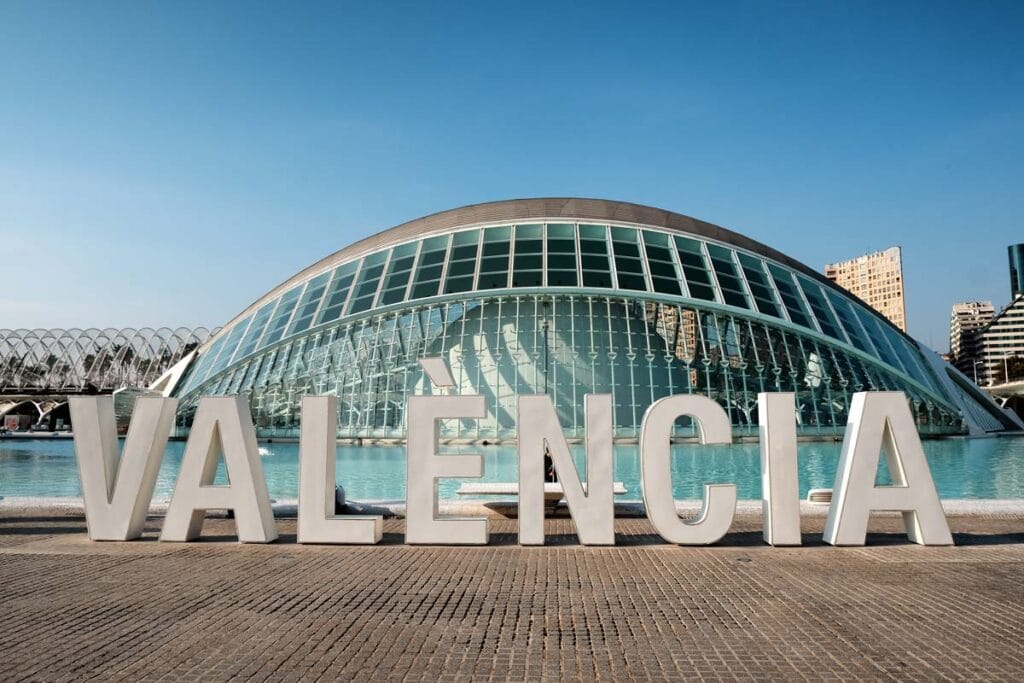
Valencia has earned the prestigious European Green Capital Award for its unwavering commitment to enhancing environmental quality and improving the quality of life for both residents and visitors. As one of the greatest places to travel for eco-conscious explorers, the city is on track to achieve 100% renewable electricity by 2025, reflecting its commitment to a greener future. With 500 hectares of lush green spaces, including stunning urban parks like Parque Central that beautifully reconnect neighborhoods, Valencia is an ideal choice for those seeking sustainable vacation spots.
Adding to its charm, the Huerta, a sprawling 120 sq km area of produce farms, supplies local markets, significantly reducing the carbon footprint of dining. For those looking to explore, Valencia offers improved mass transit and 200 km of bike lanes, making it a breeze to navigate. Visitors can effortlessly cycle or take public transport to two nearby national parks, Parque Natural de l’Albufera and Turia Natural Park, solidifying Valencia’s status as one of the most sustainable travel destinations for 2024.
2. High Atlas Mountains and Marrakesh, Morocco

In September 2023, a devastating earthquake hit central Morocco, claiming the lives of over 2,900 people and damaging around 50,000 homes, primarily near the 6.8-magnitude quake’s epicenter in the High Atlas Mountains close to Marrakech. Despite this tragedy, Morocco’s tourism sector has shown remarkable resilience, with record numbers of tourists arriving in 2023. However, hotels in largely unaffected Marrakech have experienced a decline in bookings, and artisans in the old medina, whose workshops were impacted, are still awaiting aid.
Fortunately, all of Marrakech’s main attractions, including the El Badi and Bahia Palaces, the Secret Garden, and the Saadian Tombs, have reopened since the earthquake. While some areas of the old medina remain off-limits, its spice-scented alleyways continue to exude an enchanting atmosphere.
Though it’s premature to explore certain regions of the snow-capped High Atlas Mountains as communities work towards recovery, Abercrombie & Kent is among several tour operators stepping in to support the area by promoting visits to less-affected locations like the Ourika Valley, a beloved trekking destination. Additionally, Intrepid Travel has introduced four new itineraries for 2024, including an exciting journey through the Happy Valley, also known as the Ait Bougmez region of the High Atlas Mountains, solidifying Morocco’s place among the top sustainable travel destinations in the world.
3. Saba, Dutch Caribbean
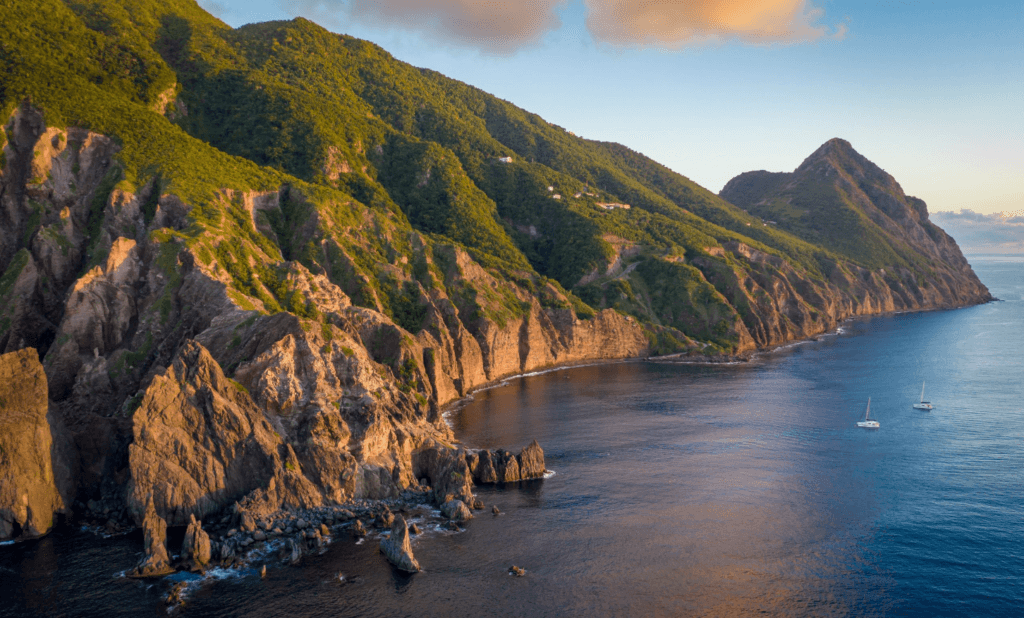
Welcome to Saba, the smallest special municipality of the Netherlands and a rising star among the most sustainable travel destinations in the Caribbean. This tiny, 13-sq-km tropical paradise boasts impressive sustainability initiatives, including a solar park that powers 35-40% of the island and a comprehensive recycling system. Visitors can explore the marine park encircling the island, perfect for diving enthusiasts, all while enjoying the island’s single-use plastic ban. The Rendezvous restaurant also showcases hydroponics farming, using 80% less water than traditional methods.
In 2023, the Saba Bank gained recognition as a “Hope Spot” from Mission Blue, making Saba one of the most sustainable travel destinations for marine conservation. The island features the first marine lab in the Windward Islands, while the Sea & Learn Foundation offers engaging environmental projects, from night hikes to orchid studies. With lush hiking trails and abundant wildlife, Saba invites nature lovers to discover its eco tourism and eco-friendly charm.
4. Singapore
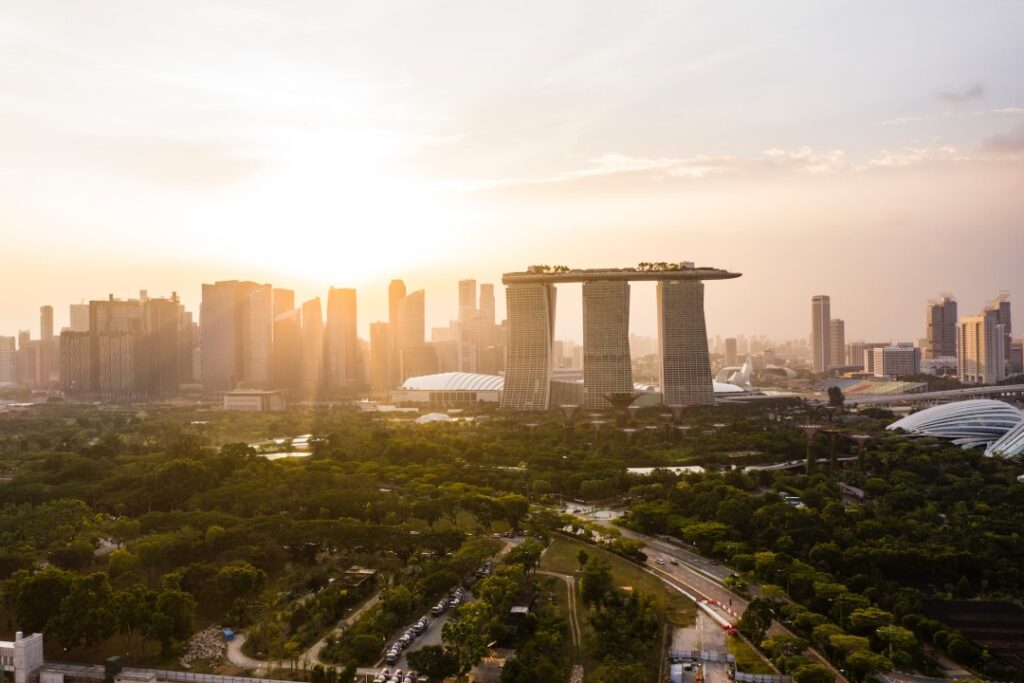
Singapore’s journey toward sustainability is nothing short of legendary, positioning itself as one of the most sustainable travel destinations globally. Initiated in 1967 with a vision of a “city in a garden,” Singapore has spent over 50 years cultivating green spaces, creating over 300 km of park connectors. In 2023, Singapore became the first nation to receive sustainable destination certification from the Global Sustainable Tourism Council. This accolade reflects its commitment to the Singapore Green Plan 2030, which aims to quadruple solar energy and reduce landfill waste.
Visitors can enjoy new attractions, like the Rail Corridor and enhanced parks, as Singapore continues to evolve into one of the most sustainable travel destinations in Asia. The Pan Pacific Orchard, a cutting-edge hotel featuring eco-initiatives, joins the Parkroyal Collection Pickering, reinforcing the city-state’s commitment to low-impact accommodation. With an array of eco-friendly options, Singapore is truly a model for sustainable urban development.
5. Belfast, UK
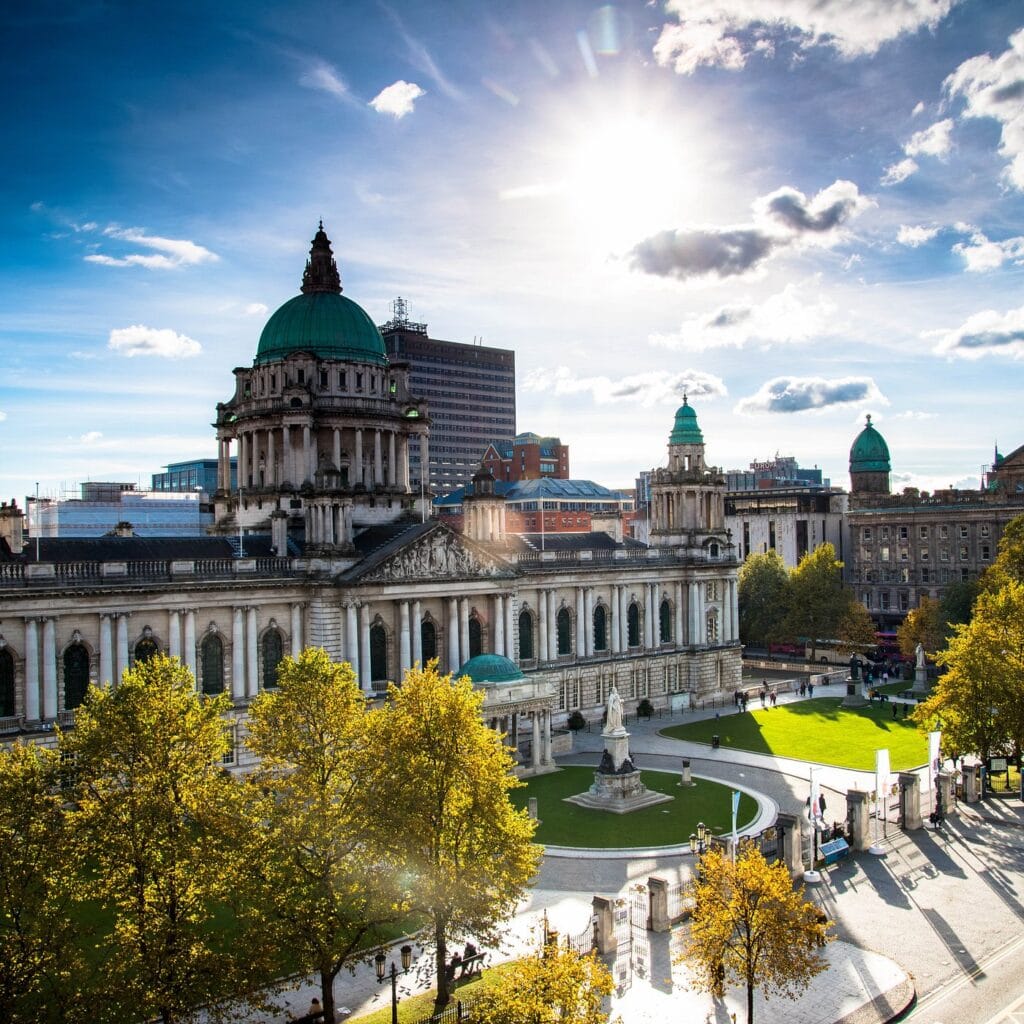
Belfast is leading the charge in the UK as one of the most sustainable travel destinations, thanks to its strong commitment to climate action. Jumping from 47th to 11th in the Global Destination Sustainability Index in just 18 months, Belfast is recognized for its impressive strides towards a zero-emissions economy. The city’s Belfast Resilience Goal aims to cultivate a climate-resilient community by 2050, with over 90 hotels, attractions, and restaurants now participating in the Green Tourism program.
With 75% of hotel rooms certified for sustainability, Belfast proudly showcases attractions like the Titanic Belfast museum, targeting zero waste by 2030. With ample bike docking stations, exploring this vibrant city is not only enjoyable but also reinforces its status as one of the most sustainable travel destinations in the UK.
6. Southern Great Barrier Reef, Australia
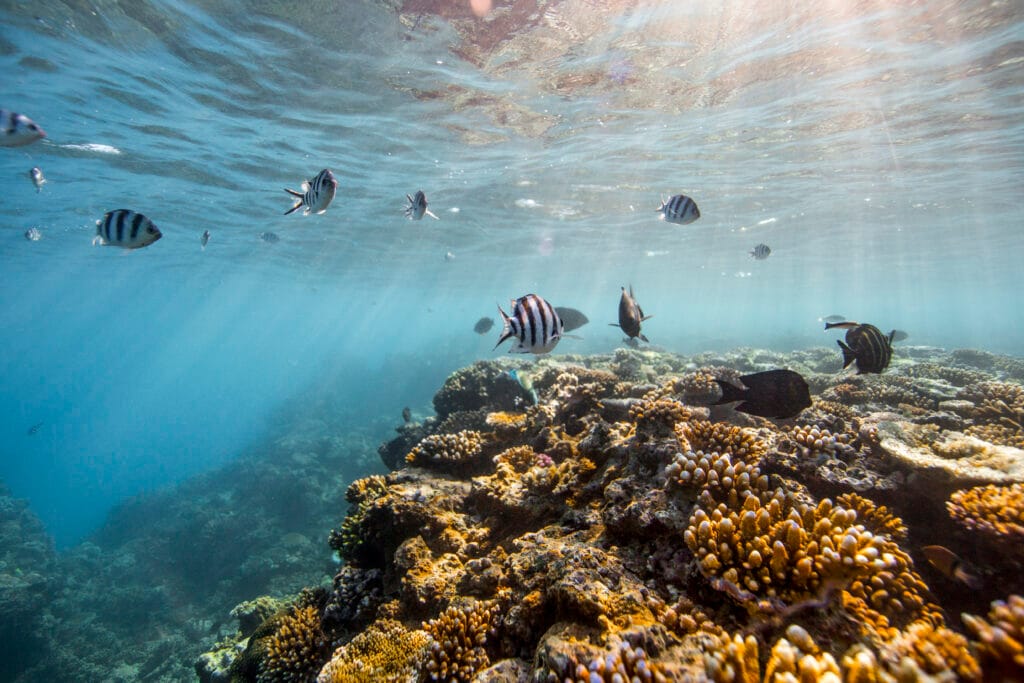
While most visitors flock to the northern hubs of the Great Barrier Reef, the Southern Great Barrier Reef offers some of the most sustainable travel destinations with low-impact experiences. Lady Elliot Island, an eco-resort powered by renewable energy, is a haven for manta rays and marine life. Just a short distance away, Lady Musgrave Island provides an unspoiled setting for glamping and eco-friendly tours.
Bundaberg, the main port for this region, achieved sustainable destination certification in 2023. The Mon Repos turtle education centre enhances local conservation efforts, while Taribelang Bunda Tours offers Indigenous-guided experiences showcasing traditional sustainability practices. A Great Barrier Reef trip offers more than just breathtaking views—it allows visitors to actively contribute to the conservation of one of the planet’s most incredible tourist places. As a prime example of sustainable travel and tourism, exploring the Southern Great Barrier Reef supports efforts to preserve this natural wonder, making it a top choice for those committed to sustainable travel.
7. Panama, Central America
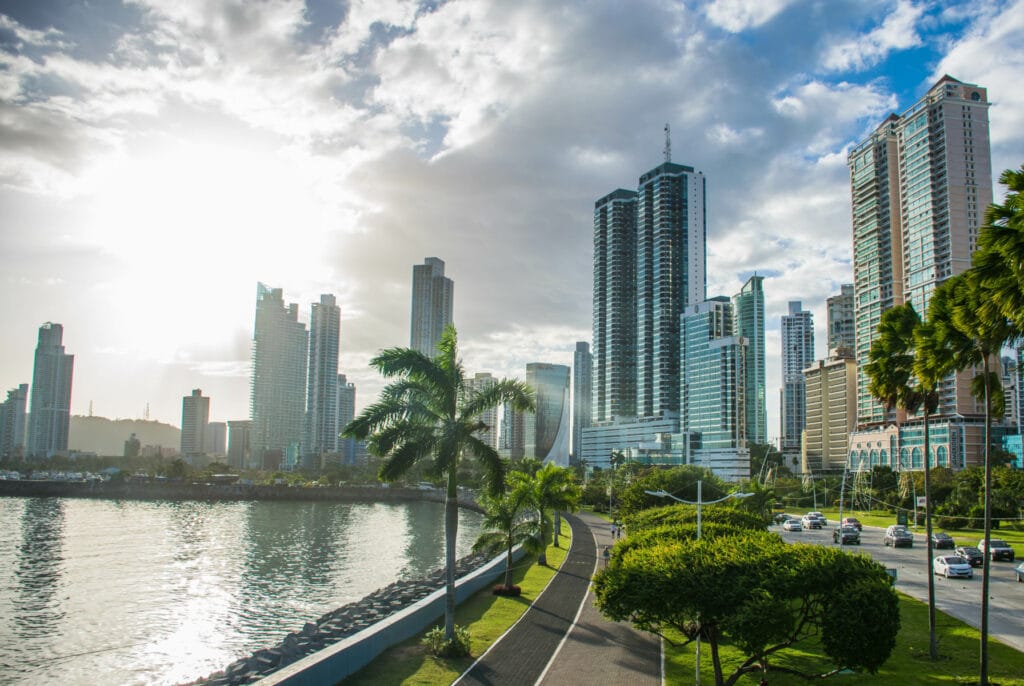
While Costa Rica has long been recognized as a leader in sustainable travel and tourism in Central America, Panama is now making a name for itself as an innovator in community-based tourism. In 2023, Panama took a significant step toward conservation by granting legal rights to turtles. Traditionally, Panama’s tourism revolved around the famous Panama Canal and the vibrant Panama City, but today, travelers who travel to Panama can also explore the lush rainforests and stunning palm-fringed islands, engaging with Indigenous and rural communities along the way. For those seeking affordable travel destinations that prioritize sustainable travel and tourism, Panama is an exciting, eco-conscious choice.
The recently launched SOSTUR digital portal allows visitors to book local-guided adventures in areas mostly untouched by mass tourism, such as the Naso (Teribe) communities living in the jungles of northwestern Panama and learning about the legends of Dekö island from an Indigenous Ngöbe guide. This initiative is part of the Panamanian government’s $301 million Sustainable Tourism Development Master Plan, set to run through 2025, prioritizing the well-being of people and nature while growing visitor numbers.
8. Maui, United States
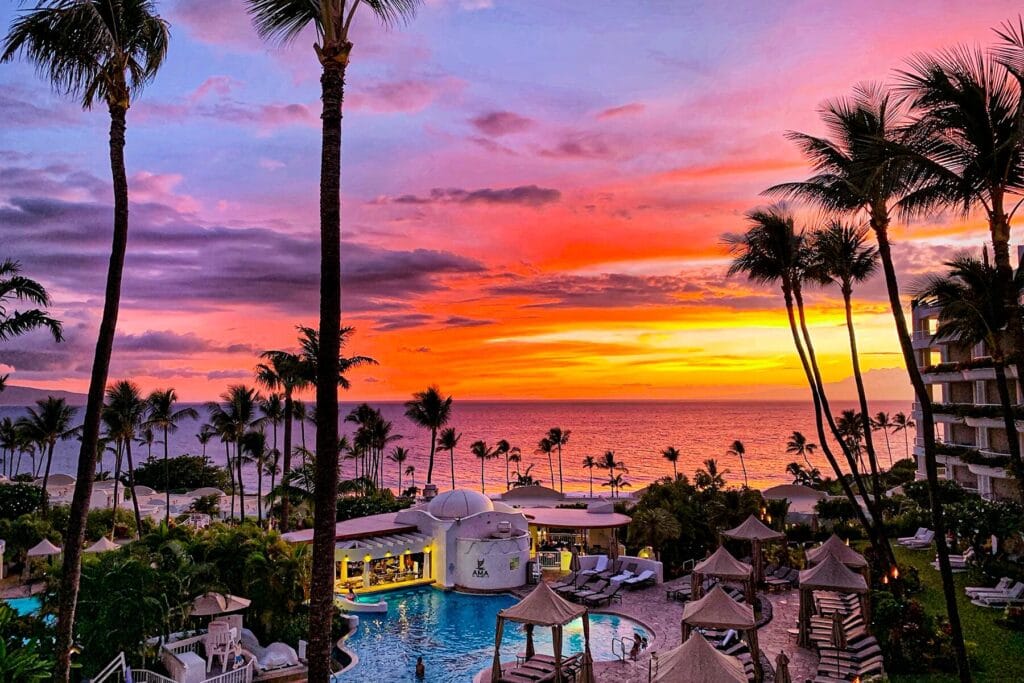
The tragic wildfires that swept through Maui in August 2023 resulted in at least 115 fatalities, the destruction of over 2,200 buildings, and the displacement of thousands, leaving a lasting impact felt worldwide. In the aftermath, many locals urged tourists to avoid the island. However, with local businesses facing layoffs and a spike in unemployment rates, officials are now encouraging responsible tourism to aid recovery.
While extensive devastation has rendered Lāhainā closed indefinitely, the Hawai’i Tourism Authority (HTA) suggests checking accommodations in nearby communities like Kā’anapali, Nāpili, and Kapalua for availability before planning a visit. Meanwhile, the island’s wilder eastern side is open for exploration. Adventurers can embark on the stunning Road to Hana, a 103-kilometer route featuring breathtaking coastlines, wild beaches, picturesque waterfalls, and lush trails. Don’t forget to pack a flashlight for a self-guided tour of the Hana Lava Tubes near road Marker 31, and be sure to check the Maui Nui First website for local businesses to support.
9. Greenland
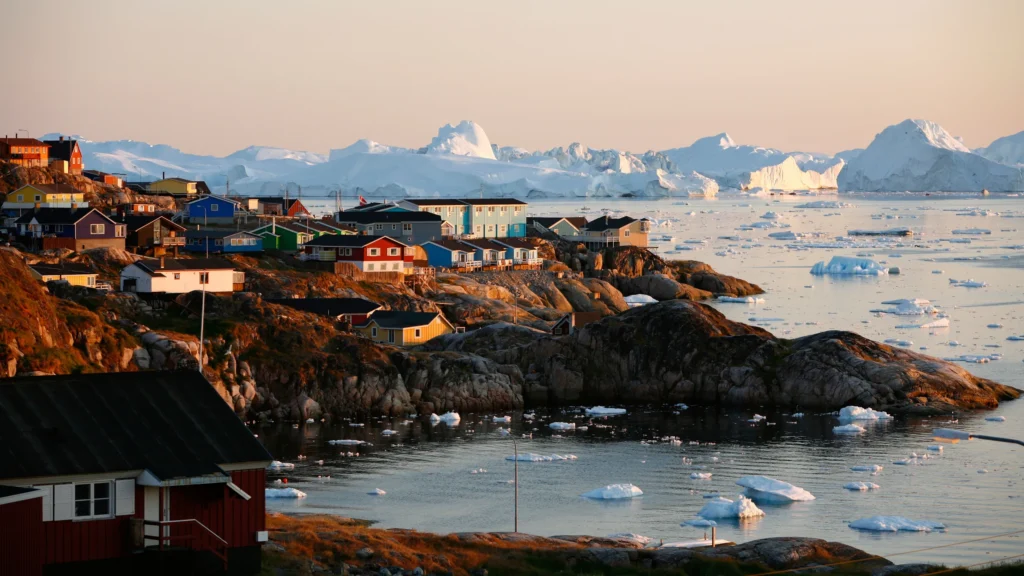
Once overshadowed by the groundbreaking sustainable tourism initiatives of its lower Nordic neighbors, Greenland is stepping boldly into the spotlight as one of the sustainable travel destinations. As it navigates its future at the frontline of the climate crisis, Nuuk became the world’s first capital city certified by EarthCheck as a sustainable tourist destination in 2020. In a decisive move toward eco-friendly tourism, VisitGreenland announced in 2022 that it would cease support for conventional cruise tourism and, in 2023, invited the industry to commit to a shared pledge aimed at fostering more sustainable and responsible tourism development.
As the nation prepares for a new international airport in Nuuk, slated to open in 2024, operators are encouraged to embrace the pledge’s five themes, promoting local products and creating unique seasonal experiences for tourists. By banning future oil and gas exploration in 2021, Greenland is focusing on renewable energy, with government-run company Nukissiorfiit striving to produce 100% green energy by 2030. This initiative is expected to save 127 tonnes of CO2, with the churches of Nuuk set to be powered by green energy starting in 2024.
The remarkable Icefjord Centre in Ilulissat, which is also gearing up for a new airport in the coming years, encourages visitors to explore beyond Greenland’s capital. By embracing sustainable travel and supporting local industries, travelers can make a meaningful impact in this island nation. Don’t miss out on trying a musk ox burger and keep an eye out for the “Authentic Nunavut” sticker, which certifies locally crafted items made by Nunavut Inuit artisans. For those seeking an eco-tourism experience, this is an unforgettable way to engage with Greenland’s rich culture and natural beauty.
10. Dominica, Lesser Antilles

Dominica is on a mission to become “the world’s first climate-resilient nation,” making it one of the top sustainable travel destinations in the Caribbean. In the wake of Hurricane Maria, the island has implemented sustainable initiatives, including the newly launched Waitukubuli Sea Trail, the Caribbean’s first dedicated sea kayaking route. This scenic 60 km trail invites travelers to explore its breathtaking coastline and local communities. As visitors paddle along the trail, they can enjoy local cuisine and engage in cultural experiences, enriching their understanding of Dominica’s heritage.


